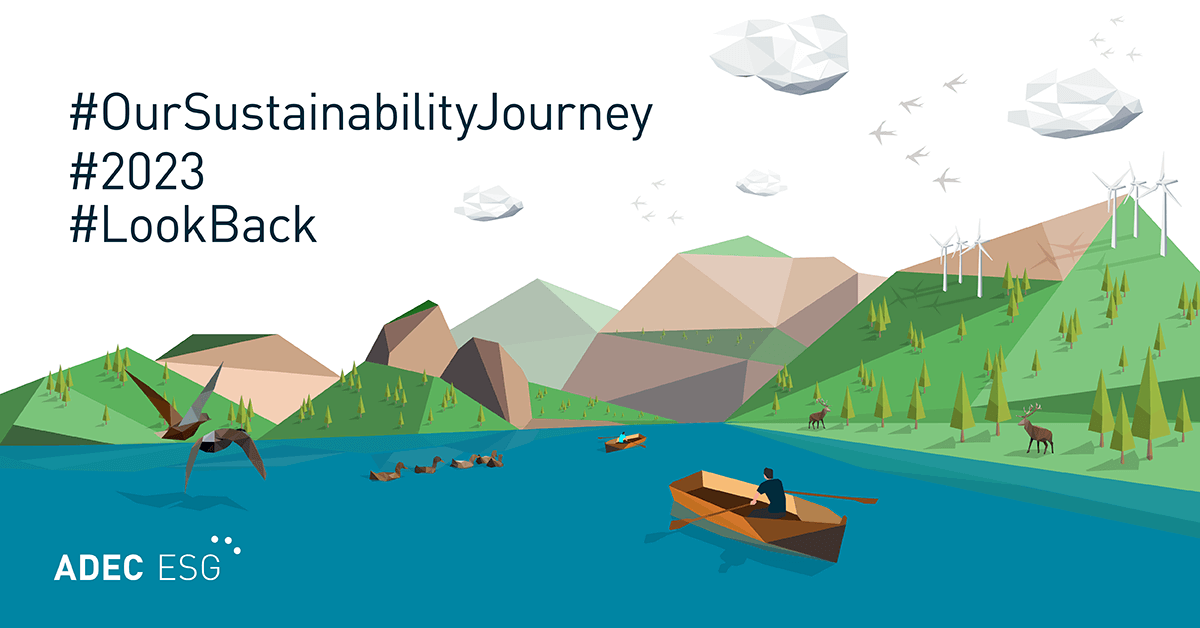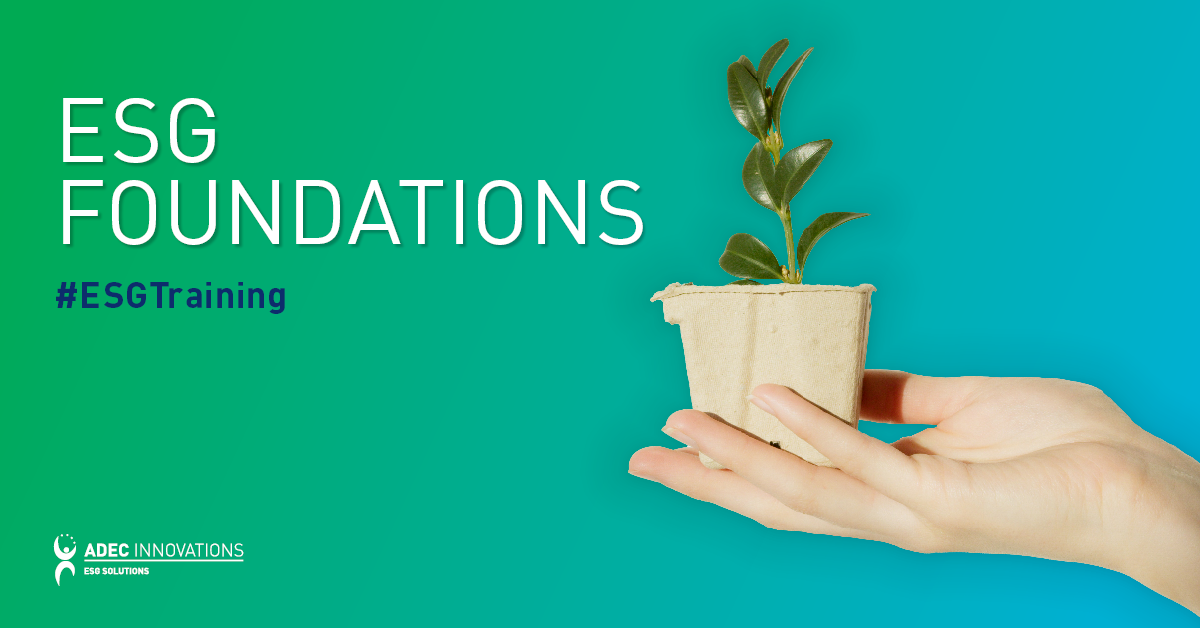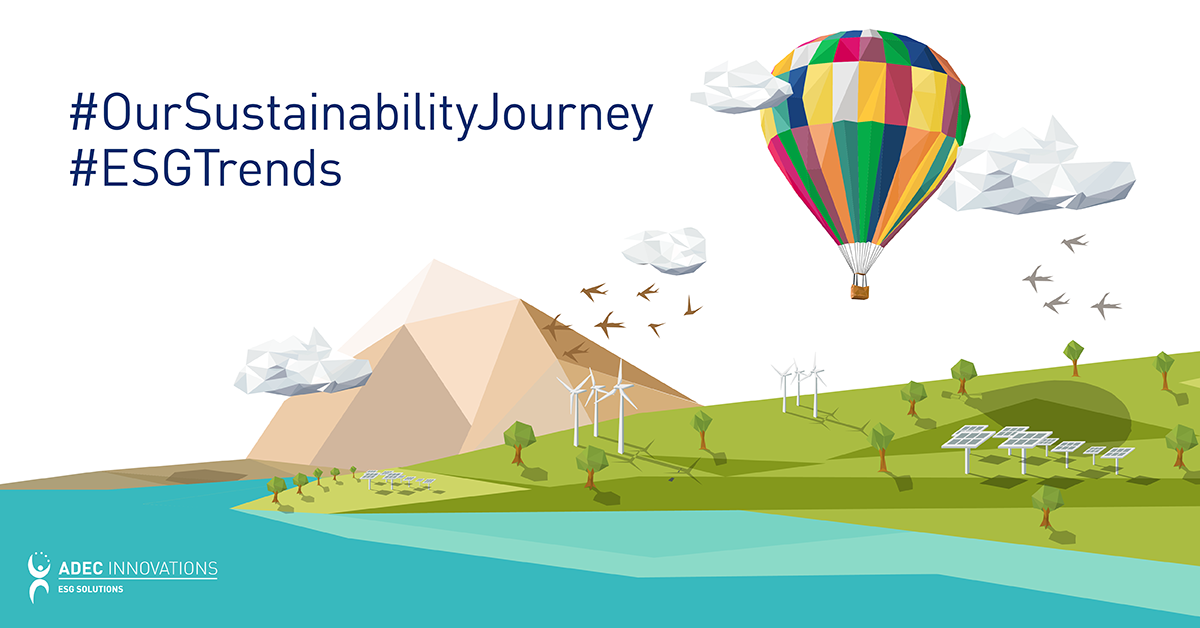 For two centuries, the linear model of production was the dominant, uncontested model in manufacturing. Manufacturers turned raw materials into finished products and then sold these to consumers. Consumers, in turn, bought these finished products and then discarded them afterwards. The model presented a process that had a starting point and an endpoint, and was self-contained in that it paid little attention to the status of or cost to the environment as resources were extracted and products were discarded. In a world of seemingly unlimited resources, it made sense for the maximization of profit to be the main, if not only driver, of businesses, with limited regard for social and environmental costs.
For two centuries, the linear model of production was the dominant, uncontested model in manufacturing. Manufacturers turned raw materials into finished products and then sold these to consumers. Consumers, in turn, bought these finished products and then discarded them afterwards. The model presented a process that had a starting point and an endpoint, and was self-contained in that it paid little attention to the status of or cost to the environment as resources were extracted and products were discarded. In a world of seemingly unlimited resources, it made sense for the maximization of profit to be the main, if not only driver, of businesses, with limited regard for social and environmental costs.
Predictably, ignoring the environment that drives the engines of business led to significant consequences being realized. The main assumption of the old model did not hold up and our resources will not be able to sustain our needs. According to the Global Footprint Network, humans consume 1.5 planets’ worth of resources. If this consumption trend continues, by 2030 humans will need the equivalent of two Earths to survive. As we know, there can be no production without resources, and there can be no market without consumers.
One alternative production model is the ’circular economy’. Unlike the linear production model, the circular economy operates on the premise that resources are finite and takes into consideration environmental, social and governance (ESG) costs. In the linear economy, the manufacturing industry’s role is simply to produce goods and services. In the circular economy, the manufacturing industry’s role is to generate products and services that are profitable and to promote long-term sustainability. The goal is to find ways for elements of the used or discarded end-product to find their way back into the production process.
Not surprisingly, manufacturing companies have begun applying the circular economy to their operations. They understand that doing so will cost them money in the present, yet will reduce their expenditures and improve business continuity in the long run. Below are some examples of manufacturing companies that have adopted the circular economy:
- Swedish clothing giant H&M’s Garment Collecting program aims to reduce the number of clothes that are dumped in landfills. Under the program, customers donate unwanted garments (regardless of brand and condition) to H&M stores for recycling.
- Samsung’s T.A.R. Program (Samsung Takeback and Recycle Program) encourages consumers to return their used Samsung printer cartridges to the company for recycling. Samsung will then reuse the cartridges’ key components (plastics, metals, cardboard packaging, etc.) for manufacturing new products.
- Take-back is Nokia’s e-waste reduction program. Consumers return their old mobile phones, chargers and accessories of any brand to the company for safe disposal. Nokia then dismantles these old phones, chargers and accessories, and recycles their components into new materials.
- Caterpillar has an exchange system where consumers return their used components in exchange for remanufactured products.
- Frito-Lay’s facilities in Turkey recycle potato chip wastes (potatoes, corn and broken chips) to produce biogas (about 35% of their electricity comes from biogas). This waste is made to break down using microorganisms—biogas is the result of this process.
The circular economy is beneficial for the manufacturing industry. Unsustainable business practices may seem cost-effective today, but will ultimately cost the manufacturing industry, and our planet, more in in the long run. A circular economy reduces ESG risks and helps companies grow and ensure long-term viability.
FirstCarbon Solutions (FCS) is a leading provider of environmental and sustainability solutions, offering fully integrated consulting, software and data management services. With expertise in Life Cycle Assessments (LCA) and Supply Chain services, we develop cost-effective solutions to help businesses integrate sustainability in their daily operations. For more information on managing your supply chain, read this FCS blog article.






